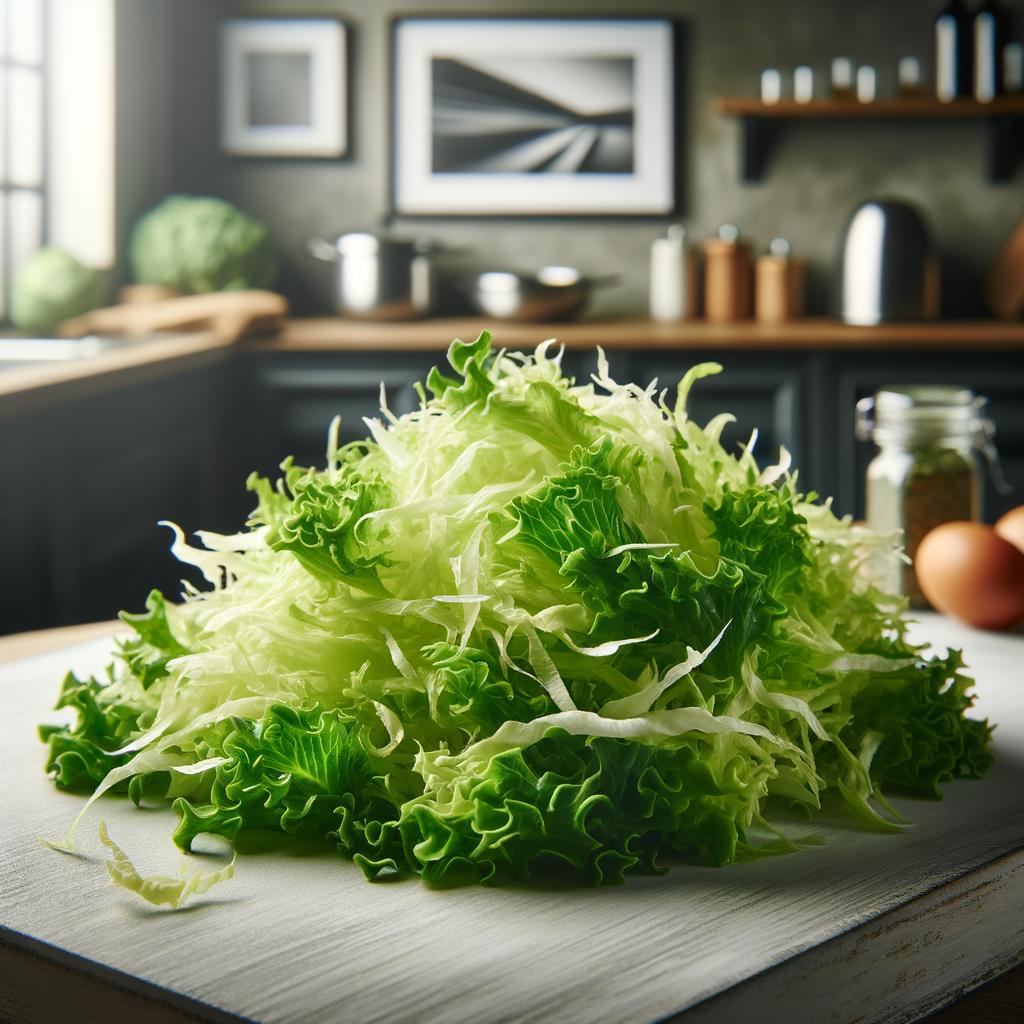Shredded Lettuce

Description
Shredded lettuce, a green gem of the culinary world, is a versatile ingredient that can bring a refreshing crunch to any dish. Its appearance is a vibrant mosaic of green hues, ranging from the palest lime to the deepest forest. The texture is delightfully crisp, providing a satisfying crunch with each bite. Its flavor profile is a delicate balance of sweet and bitter notes, with a hint of earthiness that whispers tales of fertile soil and sun-kissed fields. What sets shredded lettuce apart from similar ingredients is its ability to maintain its crunch even when paired with warm components, a testament to its resilient nature.
Primary Uses
Shredded lettuce is a beloved ingredient in a multitude of dishes across various cuisines. It is a key component in salads, where it provides a refreshing counterpoint to other ingredients. It is also commonly used in sandwiches, wraps, and tacos, lending a satisfying crunch and a burst of freshness. In Asian cuisine, it often serves as a bed for stir-fries, absorbing the savory sauce while retaining its texture. Beyond the culinary world, shredded lettuce has been used in traditional medicine to promote sleep and relaxation, owing to its mild sedative properties.
History
The story of lettuce dates back to ancient times. It was first cultivated by the Egyptians over 6,000 years ago, who used its seeds to produce oil and regarded it as a symbol of fertility. The Greeks and Romans, too, held lettuce in high regard, using it both in their cuisine and their mythology. The practice of shredding lettuce is thought to have originated in Mexico, as a component in tacos. Over time, the use of shredded lettuce has spread globally, becoming a staple in dishes from salads to burgers. One charming folklore associated with lettuce is that it was the favorite food of Adonis, the Greek god of beauty and desire.
Nutritional Information
Shredded lettuce is not only a delight for the palate but also a boon for health. It is low in calories but high in water content, promoting hydration. It is a good source of vitamins A and K, supporting eye health and blood clotting respectively. Moreover, it contains a fair amount of fiber, which aids in digestion. When compared to similar ingredients like cabbage or spinach, lettuce may seem less nutrient-dense. However, its high water content and refreshing crunch make it a unique and valuable addition to a balanced diet. Its delicate flavor and versatile nature make it a beloved ingredient, a testament to the adage that good things come in small packages.

